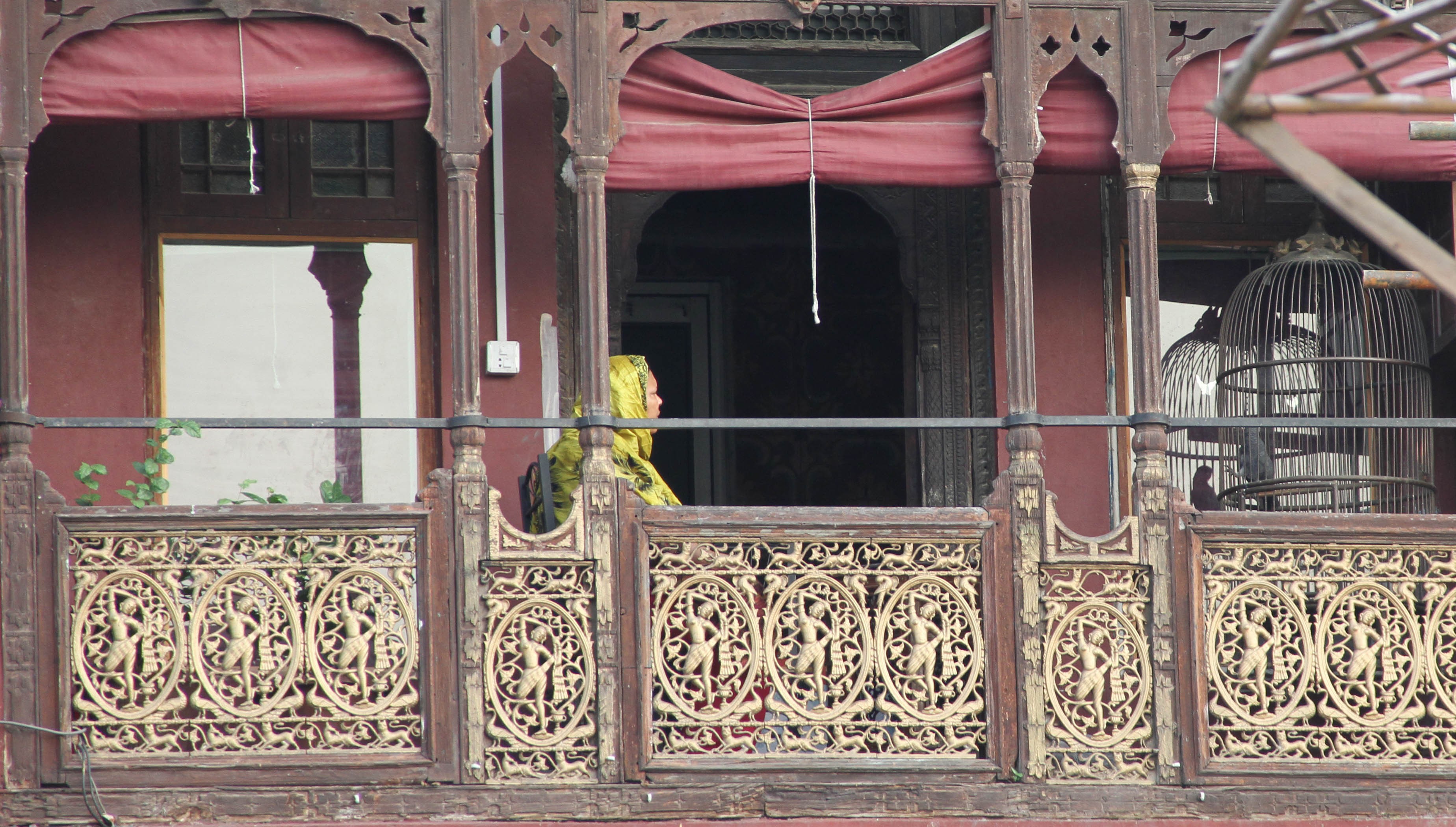
While some parts of Lahore remain stagnant, almost frozen in time, such as the Lahore Fort and Badshahi Mosque, in other parts of the city the cultural traditions continue to shift

Circa 1950s. It’s a regular afternoon on the Mall Road. A group of men sit inside a coffee house, engaged in intellectual discussion. They all belong to respectable fields, some of them being writers and poets. Outside, the people walk down the "thandi sarak," dressed in their best suits and hats. Further down, you have the Tollinton market where women come to buy their household necessities, perhaps making the journey from their homes on a tonga (horse carriage). For more extensive shopping, the Anarkali Bazar is the preferred place.
Decades later, while some of the monuments on The Mall such as the Lahore Museum and Governor’s House remain for their original purpose, much has changed. The Tollinton is now a museum, and the once prominent coffee house has undergone a reawakening recently after ceasing to exist for a long time.
Through the years, every generation has experienced Lahore differently from their predecessors. While some parts of Lahore remain unchanged, almost frozen in time, such as the Lahore Fort and Badshahi Mosque, in other parts of the city the culture, traditions, and trends continue to shift.
The British influence seemed to stay for some time, even after partition. The general mindset and the culture allowed for much-liberated movement, especially amongst the women. It was common to see a lady cycling to college, as public spaces were rarely constricted to one gender. The city itself assisted in this, by placing bicycle stands all around the city to accommodate those who chose this method of transport. Not that there was much of a choice though, as other than public transport there were barely any cars present on the roads.
After partition, as Muslims were liberated, the living spaces improved for many. After the British and the Hindus moved out of residential societies like the Model Town, the living accommodations were given to the Muslims who had migrated to Pakistan. This brought a change in housing, from the cramped apartments of the Walled City to multiple-acre bungalows. These places, or rather ‘havelis,’ were built with sprawling gardens and usually had many servant quarters on the property.
In the 1960s, the British influence still remained. This was the time of liberation, which had still not been tainted by extremism. When Queen Elizabeth came to visit Pakistan in 1961, she rode through the city in an open carriage, going around as the crowds stood outside of their houses and waved at her. Today, unfortunately, this would not be imaginable due to the security concerns, which were not present at the time.
The generation that had witnessed the partition, grew older and saw their children living in a different Lahore. The 1970s, during the rule of Zulfikar Ali Bhutto, were liberal in many respects. Inspired by the hippie trail, the fashions for the common Lahoris evolved. They could be seen integrating bell bottoms, bright colours, and short shirts into their local clothes. Meanwhile, nightclubs, bars and cinemas continued to thrive. This, however, changed significantly during General Zia’s rule.
During the late 1970s, and early to mid-80s, Zia’s conservative beliefs changed much about the city. The nightclubs and bars were shut down, and free speech and artistic expression were curbed. The dungeons which hadn’t been accessed since the time of the Mughals were also reopened and used for the imprisonment and torture of journalists and other individuals who opposed Zia. His government, wanting to bring Islamisation to the country, discouraged all forms of art.
During this time, residential spaces such as Gulberg became popular. Many sold off their ‘havelis’. Today, it is seldom to find a house of that quality in Lahore.
In the mid-1990s, Lahore started to be influenced by the West again. The concept of restaurants and cafés grew, and encouraged people once again to get together just like they did at the Pak Tea House of yesteryears.
The millennial generation is even more outgoing, and heavily influenced by western media, in the form of entertainment and clothing. This generation experiences Lahore like no other did before.
While malls are the new shopping centres, and cinemas have crowded the city, the Walled City and the Fort amongst other sites have been going through renovations to preserve the history of olden Lahore.
The transport system in the city has also improved. The metro bus and taxi apps have been an add-on to the rickshaws. However, this generation does not have the luxury of safe spaces.